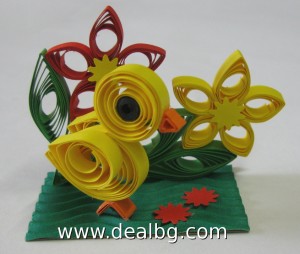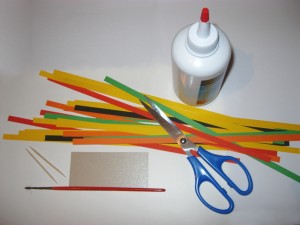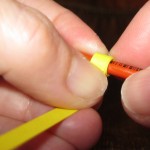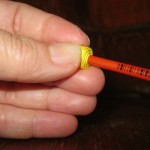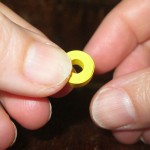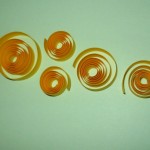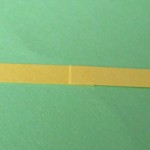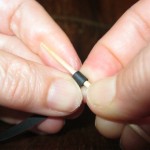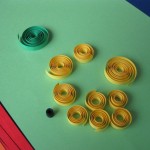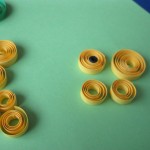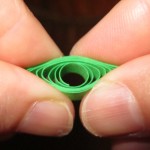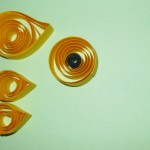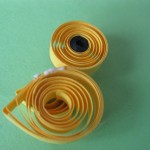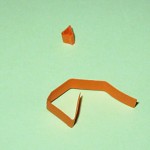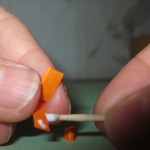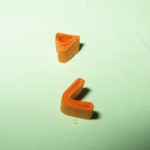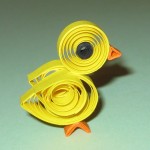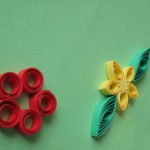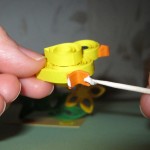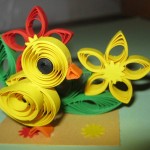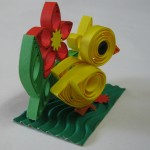Bulgarian scientific discoveries in order of their enrollment in the “Golden Book of Inventors and Discoverers in Bulgaria”:
1. Georgi Nadjakov – Photoelectretic State of Matter, 1937
2. Ivan Mitev – Sixth Heart Tone, 1973
3. Hristo Ivanov and Petar Markov – Metallotropic Tautomerism in Derivatives of Keto-Enols, 1964
4. Ivan Nikolov, Michael Maleev, Bogdana Zidarova and other scientists from USSR – Regularity in the Kristalomorfological Evolution of Minerals in Processes of Mineral Formation, 1958
5. Alexander and Vera Buchvarova Doychinova – Deep venous thrombosis with cost coagulopathy in childhood, 1970
6. Georgi Manolov and Yanka Manolova – Typical chromosomal marker in Burkitt’s lymphoma, 1971
7. Veljko Zayachki, Pavel Markov and USSR team – Regularity Amending Radius of the Strong Interaction of Protons at High Energies, 1961
8. Yoto Stoyanov, Tsvetan Evstatiev, Dimitar Dorosiev, Juliet Pentcheva-Tomova and Georgi Nachev – Phenomenon Nephropathy, 1956
9. Draga Tontcheva, Tzvetan Gergov and Mary Tsoneva – Chromosome Marker in Balkan Endemic Nephropathy, 1985
10. Veselin Pavlov Shterev – Consequential Depending on Atrioventricular Conduction Time of the Heart Rate Increased Activity of the Parasympathetic Nervous System, 1968
11. Anna Elenkova, Maria Mavrudieva, Kolyo Byanov, Delyana Daskalova, Zoe Vaskova and Theodor Garnizov – Differences in the Degree of involvement of Genetic Factors among Patients with Essential Hypertension according to the Pathogenetic Mechanism Leading and Volume or Vasospastic Effects, 1989
12. Rumen Dobrev, Dimitar Djerov, Violeta Manova, Georgi Stoimirov, Nikolay Matev and Hristosko Vasilev – Bone-Muscle Interaction, 1988
13. Todorka Milkovska-Dimitrova and Atanas Karakashov – Genetic Markers Dependence of Congenital Connective Tissue Disease, 1982
14. Emil Pavlov – Vessel Formation in Germ Cell Tumors, 1987
15. Borislav Georgiev – U Wave and its Electrophysiological Image, 1992
16. Hristo Dichev – Formation of Dichev’s Rings in Magnetic Fild, 2000
17. Vangelia Azmanova and Denyo Azmanov – Destructive Action of Candida Albicans on the Tooth Surface, 1990
References:
1. www.znam.bg/com/action/showArticle;jsessionid=1684754013E7A09876DDB8C678865895?encID=1&article=2372034125
http://struma.bg/news/31572/1/1/S-podkrepata-na-Vanga-blagoevgradchankata-prof-d-r-V-Azmanova-razkri-sekreta-na-dulgoletieto.html
2. www.dichev.badgad.net/%D0%BF%D1%83%D0%B1%D0%BB%D0%B8%D0%BA%D0%B0%D1%86%D0%B8%D0%B8/

















